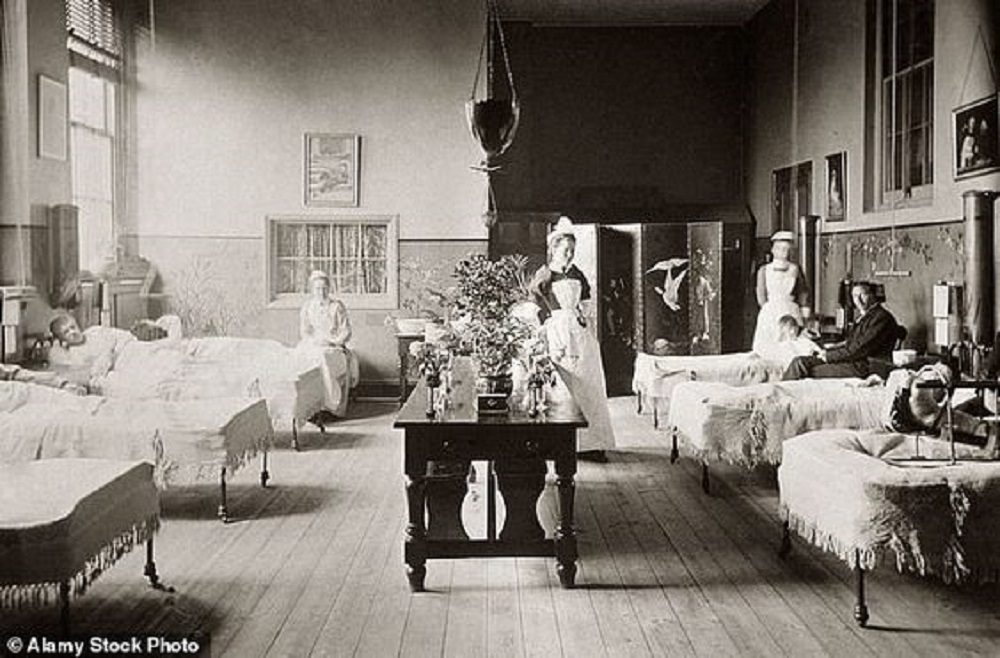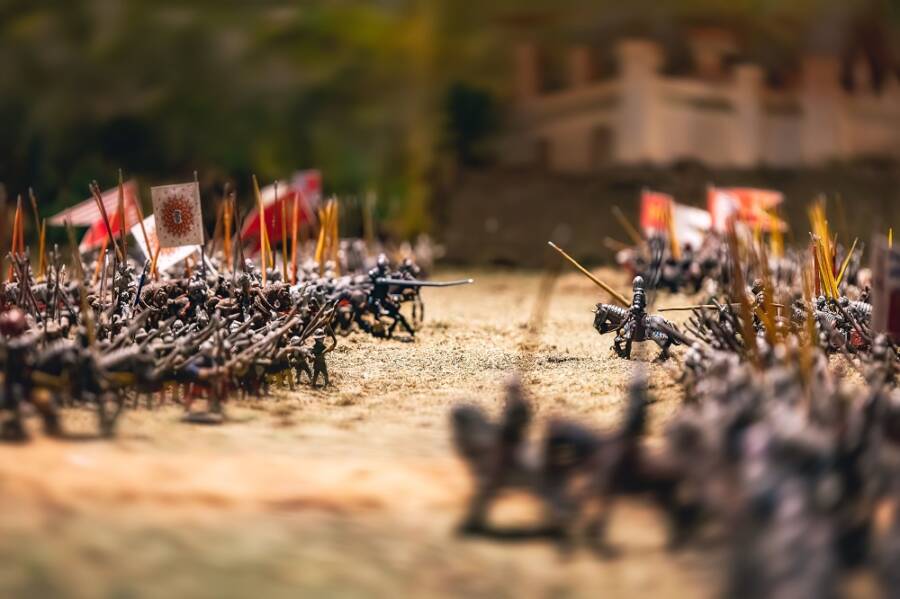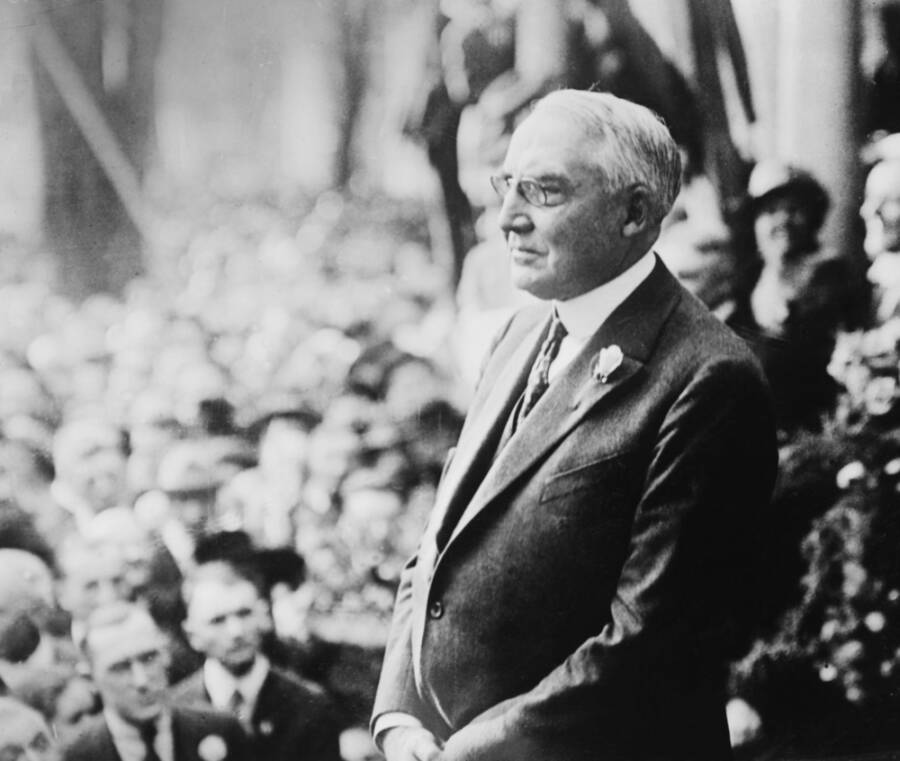The 19th century was mainly known for its peaceful times compared to previous years that were in a continuous state of warfare. Russia and Great Britain were the main powers, and a lot of people began traveling and relocating to these two countries. America and Europe were slowly forming as two major continents, and the world let go of ancient habits for modern ones.
The 1800s were also marked by various innovations, both intellectual and technical, with a lot of people receiving huge economic gains. Read on to discover some of the best (or worst) events that took place during the entire century.

1. The Battle of Waterloo
In Europe, the situation of the 19th century was extremely tense especially between 1802 and 1815 when Napoleon was Emperor of the French Empire and everybody wanted to dethrone him. Napoleon, who was not reluctant to go to war to impose his political views, overthrew most of Spain and Italy before taking control of the majority of Continental Europe by 1812. However, Napoleon continued to face opposition from Britain and Russia.
After a disastrous march on Moscow, coalition forces united to overthrow Napoleon, sending him into exile on the island of Elba. At the Battle of Waterloo (1815), he was finally defeated and permanently exiled to Saint Helena, where he would die. The French monarchy was thus reinstated.
2. Slavery abolished in the West in the 19th century
Slavery was one of the main issues of the 18th century, and huge efforts were made in order to completely abolish it. 1807 was the date when a lot of things changed regarding slavery, starting with the United States and the United Kingdom, which were the first to ban the slave trade around the world. Following this, Britain passed the Slavery Abolition Act in 1833, and France reinstated slavery in 1848.
In America, the triggering factor of the Civil War was slavery, which fortunately ended in 1865 when the 13th Amendment was introduced into the Constitution. Despite the fact that most of the Western world agreed to leave this behind, there are still some countries in which slavery continues through the twentieth century.
3. The US expands with the Louisiana Purchase
The 19th century was huge for American history, especially because it marked the growth of us as a nation but also because new territories were discovered. In 1803 the United States expanded with the “Louisiana Purchase” and basically doubled the size of the country.
Before the end of the 19th century, they “bought” Alaska from Russia and pushed the US borders near the Pacific coast, making it the most well-known and largest expansion in US history. At the end of the 18th century, the US would appear on a map much like it does now.
4. Marxism
We already established that the end of the 18th century and the early events of the 19th century were times of huge social change. That includes many political events that took place, and even if the world thought it was more peaceful because the war ended, a lot of other things disturbed the quiet way of living. One of them was Marxism, which was “invented” by Karl Marx and Frederick Engels.
Its philosophy is based on materialism and appeared in France when everybody struggled against feudalism. Marxists contend that if the working class seizes power and eliminates private property, or what Marx referred to as “Bourgeois Property,” a “classless society” will result. Marxist societies have no government and no conflict between social classes.
However, Marx’s theories never were a real success; in fact, they caused a huge conflict between labor and business owners that was a socialist revolution.

5. In the 19th century Thomas Jefferson became the 3rd American president
Jefferson gained his well-deserved title as “The Father of the United States.” He was one of the first American presidents who was pro-democracy, and the author of the Declaration of Independence. By the time Jefferson took office the French crisis had ended. He decreased spending on the Army and Navy, the budget, and the whiskey tax that was so despised in the West, all while reducing the national debt by a third. Even though there was no provision in the Constitution for the purchase of new land, Jefferson overcame his concerns about constitutionality when he had the chance to buy the Louisiana Territory from Napoleon in 1803.
Additionally, he dispatched a naval unit to combat Barbary pirates that were interfering with American trade in the Mediterranean. He is also known for the “Louisiana Purchase” that happened on April 30, 1803.
6. 8,000-mile expedition to explore the “Louisiana Purchase”
President Thomas Jefferson gave Meriwether Lewis the mission to explore the territory that made up the Louisiana Purchase west of the Mississippi River in 1804, which marked the start of the Lewis and Clark Expedition. Lewis selected William Clark to serve as his mission’s co-leader. Surprisingly, this journey took more than two years, during which they encountered both friendly and hostile Native Americans as well as inclement weather, treacherous terrain, dangerous waters, injuries, malnutrition, and disease.
However, this expedition was a total success and provided a lot of information regarding the multicultural population that lived in this area before it became an American territory in the first years of the 19th century.
7. Widespread European Revolution
If during the 19th century America wasn’t affected by so many conflicts, Europe, on the other hand, faced a lot of revolutions. The most famous was the one that put Bonaparte on the throne (1804), and the other one is the 1848 “Spring of Nations” that changed almost the entire course of the following events. This was mainly a revolt against all the European monarchies that began in Sicily and slowly spread across the entire continent to the Austrian Empire.
While many of these revolutions failed, some were successful, and by the end of the century (or even the beginning of the next, in some cases), significant changes happened.
8. Five days after the Civil War ended president Lincoln is assassinated
The biggest conflict in US history was definitely the Civil War that took place in the 19th century. This is the dreadful chapter that shaped America as we know it now, and a lot of good (and bad) things happened during all these years. It’s already known that President Lincoln wasn’t exactly the “nicest” figure, and that attracted a lot of enemies. In fact, two years before his assassination, Lincoln was shot at and nearly killed.
On the evening of April 14, 1865, John Booth killed the president in the Ford’s Theater in Washington, DC. This happened exactly five days after the American Civil War ended.

9. Asiatic Flu wipes out one million people globally (1889-1890)
The world industry developed in the 19th century, and when the transport between continents was built, it brought a lot of diseases with it. And this was only the start of some of the worst pandemics in human history. The Asian influenza (respiratory viral pandemic), also known as “Russian flu,” was catastrophically spreading around the entire world, starting in Saint Petersburg, and then being “moved” from one person to another, slowly reaching America within a couple of months.
Even if the flu ended in 1890 after killing 1.5 billion people worldwide, it lingered through 1892, and there were still people (mostly children and elders) who got infected with the virus.
If you’re interested in more topics about the 19th century, we also recommend you read this article: 7 Dangerous Victorian Era Household Products Everyone Used.
You’re new here? Don’t forget to subscribe to our page for more amazing content.






One Response
interesting